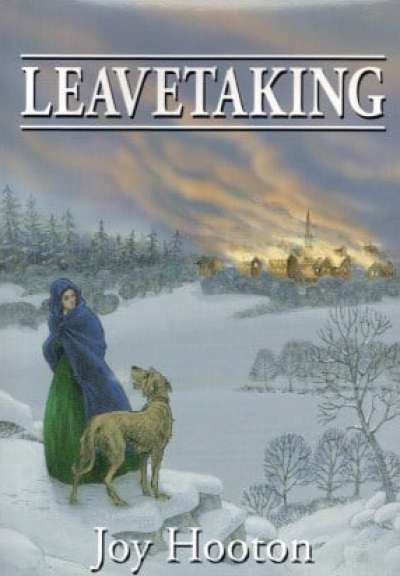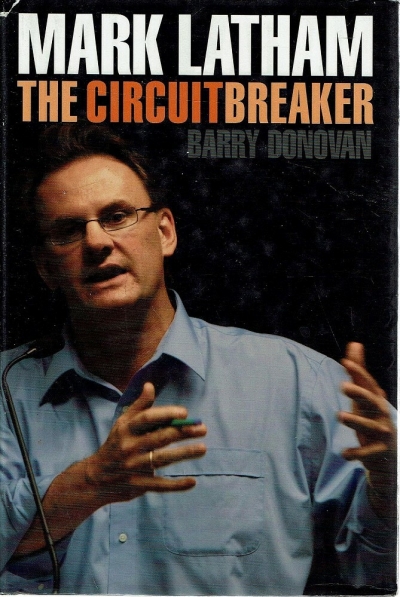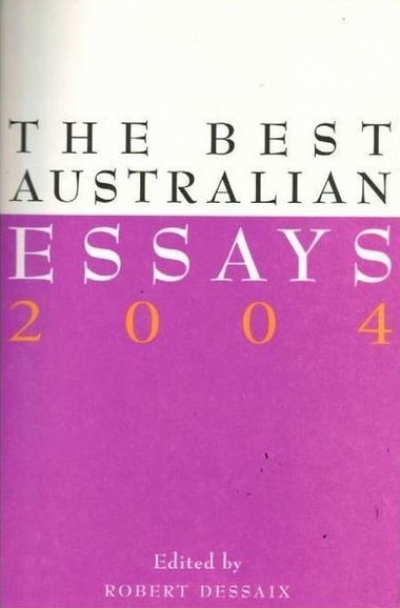Archive
Leavetaking by Joy Hooton & Temple of the Grail by Adriana Koulias
Mark Latham by Barry Donovan & Quarterly Essay by Margaret Simons
Who’s who
Dear Editor,
Henry Ergas’s disingenuous response (ABR, November 2004) to my review (ABR, October 2004) of Peter Saunders’s Australia’s Welfare Habit and How to Kick It deserves a reply. Ergas poses as a dissatisfied ‘customer-reader’ of ABR. From this position, he expresses outrage at my review of Saunders’s book. Come off it, Henry!
... (read more)To celebrate the best books of 2004 Australian Book Review invited contributors to nominate their favourite titles. Contributors included Dennis Altman, Brenda Niall, Kerryn Goldsworthy, Morag Fraser and Chris Wallace-Crabbe.
... (read more)Manning Clark married Dymphna Lodewycks in 1939. In the following years they lived in Oxford, Tiverton, Geelong and Melbourne, before moving to Canberra in 1949. On 29 October 1953 they took up residence in a new house, designed by their friend Robin Boyd, in Tasmania Circle, Forrest. It was to be their home for the rest of their lives. It was not a particularly large house, and the Clarks and their six children must have found it cramped at times. The only upstairs room was Manning’s study, reached by a ladder from the entrance hall. It was in this room, with its view of Mount Ainslie and Black Mountain, that he wrote the six volumes of A History of Australia, several other books, and countless articles, reviews, lectures and speeches.
... (read more)Painting Ghosts: Australian Women Artists in Wartime by Catherine Speck
The statues in the ancient museum
The ones of young women, the kohl
Dripping tears of the centuries from
Their luminous eyes, smiling that
Detached ironic smile never doleful,
That’s what gave her a gift for it.
The Sioux, believing ponies should be pintos,
Painted the ones that weren’t.
When they saw the Iron Horse
They must have wondered why the palefaces
Left it a palimpsest.
Bruno Schulz said an artist must mature





